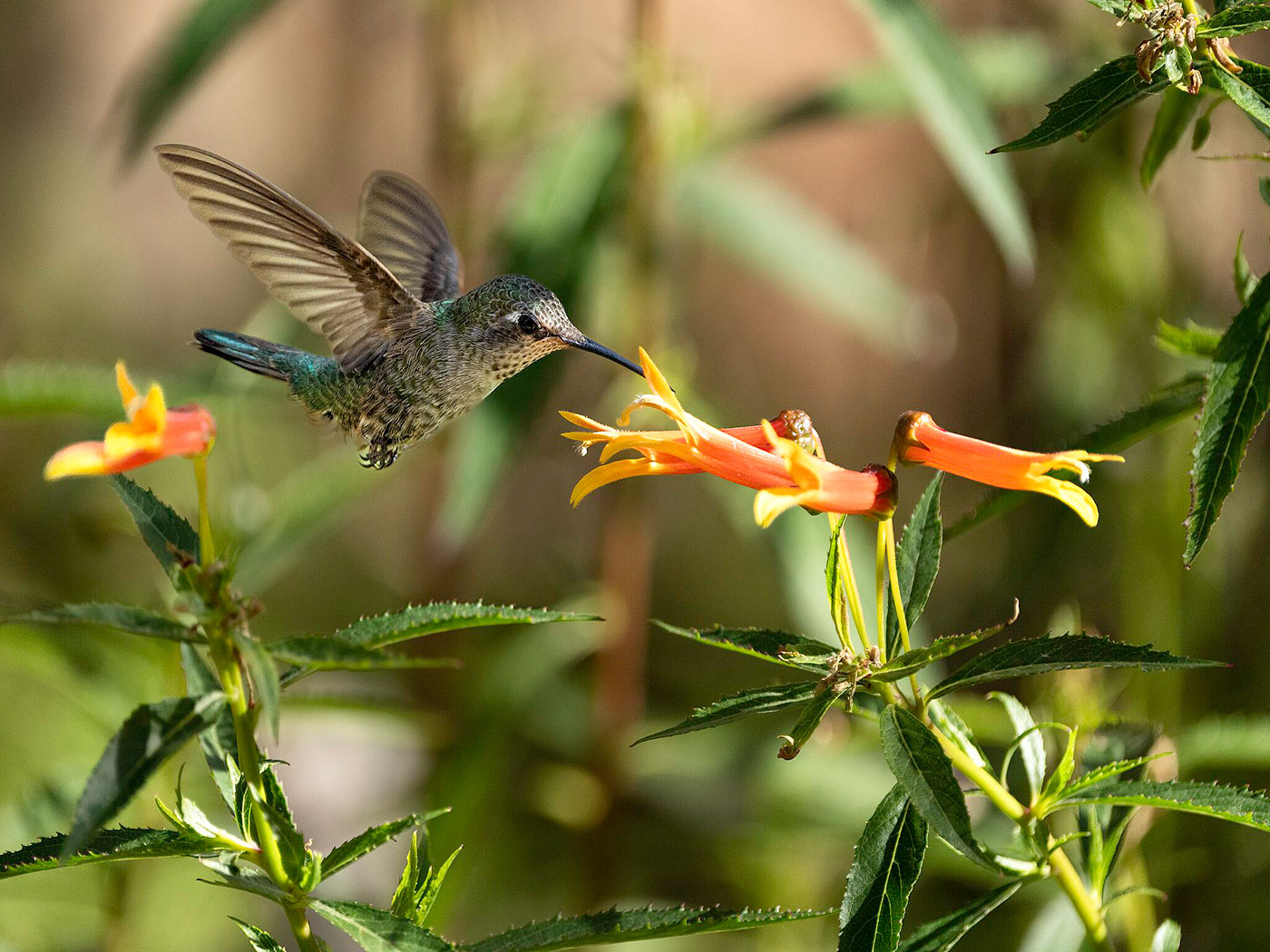Colorful Heliconius butterflies grace the tropics with their beautiful wide wings. Their survival depends on more features than what simply resides in their physical bodies. The challenge is trying to explain the origins of the way their body parts not only mesh perfectly with each other, but also with their butterfly behavior.
Passion flower vines supply food for Heliconius butterflies. The larvae eat the leaves, and the adults consume the Passion flower's nectar and pollen. Like many plants, the vine's leaves contain chemical deterrents. So, the female butterfly meticulously selects just the right leaf on which to lay her eggs, avoiding the leaves that contain too much poisonous chemistry. She also avoids those that already have larvae, and those too old or unhealthy.
How does she do all this intricate detecting and determining? Butterfly experts recently studied the genetics underlying Heliconius leaf-tasting behavior. They wrote in PLoS Genetics, "Female butterflies drum with their legs on the surface of leaves before laying eggs. This behaviour presumably allows the female to taste… Consistent with this behaviour, adult nymphalid butterfly legs are known to contain gustatory sensilla."1
Gustatory sensilla can be likened to taste buds embedded in tiny fibers on the insect's legs. The study found that the females have more sensilla on their legs, and more different kinds of taste receptor genes expressed in sensilla tissue, than males of the same species.
Heliconius mothers come fully equipped. They have wings and eyes for travel, dual-purpose landing-gear legs with taste sensors, internal egg-manufacturing facilities, and the appropriate insight to select just the right plant—even just the right leaves on that plant—required to meet her larvae's future needs.
How important is this gustatory sensillae and leaf-tasting behavior? According to UC Irvine News, "It's vital to their larvae's survival that the butterflies pick the right kind [of leaf]."2 Lead author Adriana Briscoe works at the University of California, Irvine Department of Ecology and Evolutionary Biology.
This butterfly's "host plant specializations require specialized sensors by the insects," according to the PLoS Genetics authors.1 No sensors, no butterfly. Removing her sensors, possibly including her gustatory sensillae, would likely result in dead larvae—killed by the passion flower vine's poisons.
The study authors similarly wrote, "All of these insect host-plant interactions are mediated primarily by adult female butterflies, which must correctly identify suitable host plants for oviposition, or risk the survival of their offspring."1 And these interactions include both physical and nonphysical components. Not only must the female somehow detect leaf chemistry, she must also know what to do with the information once she has it. The study authors wrote, "Adult females of each Heliconius species only lay eggs on a limited number of host plants, and therefore need to recognize different species from among the large and diverse Passifloraceae family."1 And "recognizing" involves both detecting factors like leaf chemicals and knowing what to do with them.
Her little butterfly babies wouldn't have millions of years to wait while she slowly figured out how to react to her taste sensations.
These observations rule out evolutionary origins ideas that propose adding parts piecemeal over long ages of time. If all these factors, including wings, eyes, eggs, chemical sensors and plant-selecting behaviors are necessary for basic survival, then the only way this butterfly could have begun was all at once. And an all at once creation exactly matches the biblical record of origins.
References
- Briscoe, A., et al. 2013. Female Behaviour Drives Expression and Evolution of Gustatory Receptors in Butterflies. PLoS Genetics. 9 (7): e1003620.
- 'Taste sensor' genes in female butterflies vital to species' survival, UCI study finds. UC Irvine News. Posted on news.uci.edu July 11, 2013, accessed July 28, 2013.
* Mr. Thomas is Science Writer at the Institute for Creation Research.
Article posted on August 21, 2013.


















